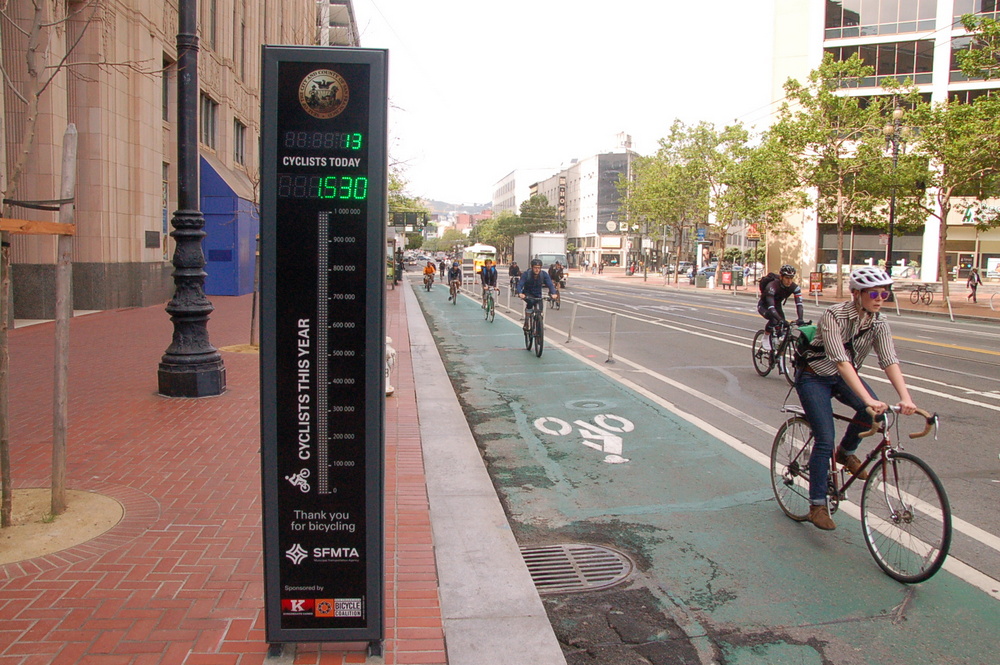Elected officials and others who are responsible for the development and maintenance of road programs are invited to consider two upcoming TTA workshops. Taught by Edwin Stellfox, a civil engineer and director of the Maryland T2 Center, the workshops will provide a comprehensive overview of road design considerations as well as strategies for managing construction and maintenance costs. Drawing upon 45 years of public works experience, Mr. Stellfox will introduce participants to the complexities faced by road maintenance departments, helping them to understand how basic road design knowledge can be applied to program and budget administration.
Understanding Road Design and Maintenance for Elected Officials, to be held on June 15, will provide a basic understanding of the design and maintenance of municipal roads within the context of a road and street budget. Topics will include causes of deterioration, traffic and geometric design factors, drainage maintenance, asphalt paving distresses, recycling, resurfacing, road surface management and other topics or interest to the participants. Participants should bring an example of a construction or maintenance projects and its associated cost estimates. These projects will form the basis for class discussion on the challenges of road design, construction and maintenance in language that is appropriate for non-engineers.
Techniques for Reducing Construction Maintenance Costs, to be held on June 16, will address budgetary constraints within the context of rising construction and maintenance costs. Strategies for conserving resources and using energy efficient and low maintenance materials will be discussed. A range of analysis techniques, such as present worth, life cycle costing, relative cost rankings, and matrix analysis, will be presented. The workshop will also provide an overview of job planning, including selection, investigation, speculation, evaluation, development, presentation and audit. Participants should bring a small project with known bid costs for class discussion and to work through the value engineering process.
Mr. Stellfox has a B.S. in Civil Engineering from Drexel University and a Masters degree in Education from Penn State University. He has 30 years of experience in transferring transportation technology with the LTAP program. He has worked in several different municipalities as a public works director and a municipal engineer.
Understanding Road Design & Maintenance for Elected Officials
June 15, 2016
Charlottesville, VA
Click Here To Register
Techniques for Reducing Construction & Maintenance Costs
June 16, 2016
Charlottesville, VA
Click Here to Register
(All VDOT employees must register through Virtual Campus for in-person workshops.)
